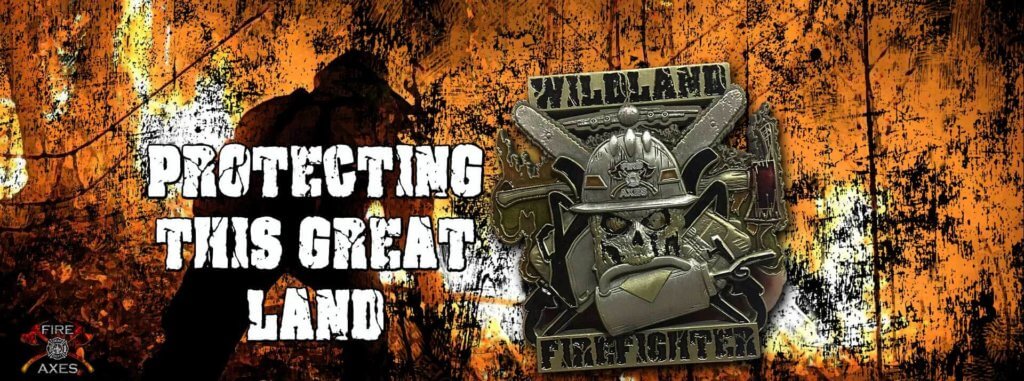Understanding the Devastating Forest Fires Raging in Hawaii. The stunning landscapes of Hawaii, renowned for their lush beauty, are currently grappling with a devastating challenge – raging forest fires. As these fires continue to burn across the islands, they pose a significant threat to the environment, communities, and wildlife. This blog delves into the causes, impacts, and efforts to combat the forest fires that are wreaking havoc on the Hawaiian paradise.
Ignition and Propagation: Unraveling the Causes
Hawaii’s forest fires are often ignited by a combination of natural and human factors. Dry conditions, exacerbated by prolonged droughts, provide ideal conditions for fires to start and spread. In some cases, human activity, such as discarded cigarette butts or unattended campfires, can trigger these flames that rapidly engulf acres of land.
Environmental and Ecological Impact
The impact of these forest fires reaches far beyond the immediate vicinity. Native vegetation and wildlife are at risk as flames devour their habitats, disrupting delicate ecosystems. Hawaii’s unique plant species, some of which are found nowhere else on Earth, are threatened, further challenging conservation efforts. Additionally, the erosion and soil degradation that follow can lead to long-term ecological consequences.
Threats to Communities and Infrastructure
Hawaii’s residents are also facing the brunt of these fires. Evacuations, property damage, and respiratory issues due to smoke inhalation are becoming increasingly common. Infrastructure, including power lines and roads, is also in jeopardy, affecting day-to-day life on the islands.
Emergency Response and Mitigation Efforts
The battle against these forest fires is a collaborative effort that involves various agencies, firefighters, and volunteers. Emergency response teams are working tirelessly to contain the fires, employing techniques such as controlled burns and creating firebreaks to limit the spread. Additionally, public awareness campaigns and community involvement are crucial in preventing future outbreaks.
Climate Change and the Future
The increasing frequency and intensity of forest fires in Hawaii can be attributed to climate change, which is contributing to prolonged droughts and dry conditions. Addressing these fires also underscores the importance of broader climate resilience and adaptation strategies for the islands’ communities and ecosystems.

Unity in Crisis: Coming Together for Recovery
The forest fires ravaging Hawaii serve as a reminder of the fragility of our environment and the importance of collective action. Community support, disaster response coordination, and sustainable land management practices are key components in mitigating the impact of these fires and building resilience against future challenges.
Conclusion
As Hawaii battles against the relentless forest fires, the islands are reminded of the imperative to protect their natural beauty, diverse ecosystems, and vibrant communities. While the road to recovery is undoubtedly challenging, it also presents an opportunity to strengthen collaboration among individuals, organizations, and governments to ensure that Hawaii’s paradise endures for generations to come.
For more information about Understanding the Devastating Forest Fires Raging in Hawaii please email us at hq@fireandaxes.com.

